Introduction
The publication of your scientific article in a journal remains insufficient. Your research should appear in an influential journal of your subject which does not act as a fake publisher. A swift acceptance in a high-impact journal is unlikely because your publishing success depends on various influential factors. This checklist provides you with vital points that you need to address from project development through journal selection to manuscript creation. The checklist aims to boost your opportunity of publishing your manuscripts in journals with high impact.
Academic researchers view publication in prestigious journals as their most vital career milestone since it leads both to worldwide scholarly recognition and scientific knowledge growth. The process of publication proves to be a complex task. The guide provides essential methods which boost research paper achievement while strengthening its effectiveness.
Impact factor meaning
The journal impact factor assesses scientific articles based on how many times their previous two-year publications received citations in relation to their total published works during those years. Nature and Science together with other high-impact scientific journals primarily include research papers that receive substantial citation activity and they are more effective in creating lasting impacts within the research domain and society according to theoretical expectations.
The process of publishing scientific research in major journals proves challenging to nearly all researchers. A growing number of scientists who publish papers makes the acceptance challenge more difficult each year. The journal Nature became more selective with its acceptance rate for papers which declined from 11% during 1997 to 2001 to 8% since 2010. Research data reveals that the journal accepts only less than 7% of all submitted papers.The process of publishing scientific research in major journals proves challenging to nearly all researchers. A growing number of scientists who publish papers makes the acceptance challenge more difficult each year. The journal Nature became more selective with its acceptance rate for papers which declined from 11% during 1997 to 2001 to 8% since 2010. Research data reveals that the journal accepts only less than 7% of all submitted papers.
· What do you need
to do for successful journal publication in distinguished platforms?
· The ability to
secure publication acceptance in high-impact scientific journals lacks from me
since I do not possess magical powers. Seven specific guidelines will help you
improve your chances of submission success.
· The research must
address a significant important problem
· Robust research forms the fundamental requirement for acceptance.
· You need to tell
a story
· All visual
representations in your work should offer easy comprehension to readers.
· Your paper must
present its points in a direct and efficient manner.
· A strong abstract
needs to present its own narrative structure.
· Authors must
follow all instructions stated by the journal precisely.
· The cover letter
requirement demands persuasiveness in its contents.
· The initial two
criteria specify which kind of investigation scientific journals focus on
publishing while assisting researchers to determine the strength of their
research. A series of specific guidelines directs writers toward effective
research paper creation.
· High-impact
research criteria
The key requirement for your research is
addressing a big meaningful issue
Even
flawless figures alongside concise narrative and fluent English cannot save a
study which does not align with the publication standards of leading journals.
The research appearing in science sections of newspapers derives from these
journals which also supply material to radio podcasts and science programs.
Before submission of your research paper assess whether the New York Times or
Guardian (or your newspaper of choice) and science-focused online portals would
publish a headline about your work.
High-impact scientific publications seek research which addresses current social needs. Research with significant impacts addresses major society problems either through essential findings or practical applications.
A
simple assessment method involves describing your study to someone who is not a
scientist among your friends or family or neighbours. Can you explain your
topic to others straight away while they show clear signs of being impressed?
Possibly a candidate for high impact research then!
You
prefer video to text? The entire class about journal submission to high-impact
journals is available for free viewing at this time. You can obtain a
high-impact research paper writing template through the orange button provided
below.
2. The research needs to display robustness
Your research solution to major problems must demonstrate sufficient strength for Nature, Science or Cell to publish it. The acknowledged high-impact journals want evidence validation through distinct suitable experimental methods and multiple test parameters related to your study. The data sets of high impact research articles require extensive comprehensiveness.
When detecting effect X you should verify this finding using both method A in addition to method B. The investigation of new method Y requires testing of its performance in both model systems C and D under relevant test conditions E, F and G. The inclusion of multiple results in your single research article becomes necessary when dividing these findings into multiple articles for specialized scientific journals.
Check the “Aim & Scope” section in your selected journal then ensure your research meets its specified requirements. Although small it offers valuable information about research through observation.
3. What are the methods for creating influential research papers?
Long-time followers who listen to my regular perspective may wonder if I repeat my points like an automated machine. My constant advocacy of storytelling remains crucial because it holds tremendous weight. Research scientists think storytelling represents an effective method to promote their work. The act of selling typically creates negative impressions for many researchers because they fear the editor and reviewers will identify falsely enhanced research findings. Storytelling does not function in this way because selling does not have to be a negative practice (we will discuss this more later).The primary function of storytelling in your paper is to provide understanding of your content to readers. Article readers grasp research content better and tend to find it more engaging when authors include central message together with problem and solution and implications within their articles. Through your storytelling methods you have provided deeper understanding instead of presenting information in isolation. Want to know how to do it? Everyone can access our scientific storytelling framework accessible only through our online course Researchers’ Writing Academy. View our complementary introductory training through this link for your first step.
4. The presented figures must be simple to understand by your target audience.
Your paper's figures illustrate your findings as well as the central aspects of your high impact research because most readers along with journal editors immediately jump to them. Making your reader confused about the information represents the most detrimental mistake at this point. The meaning of your data could become distorted while the reader can lose interest or become confused when you display too much data or use inappropriate plot types or fail to maintain smooth colour schemes or contain too much unnecessary visual clutter. The detailed guide about my scientific figure-making process for papers remains available for anyone who wants to master this skill.5. Your writing demands clarity alongside simplicity of expression.
Many
scientific authors assume the ability to speak English fluently equates to the
ability to write it when it actually does not. The difference between these two
items matches up with completely diverse footwear. The ability to write
effectively about high impact research appears distinct from native speaker
ability to do grammar and spelling correctly. The writing skill is accessible
to non-native English speakers who want to learn it. The beginning stage causes
difficulties for speakers from any linguistic background including native
English speakers.
Academic
papers need to use words that advance the text directly and maintain a straight
style. You should eliminate both long-winded sentences along with extended
paragraphs which fill entire pages. The writing goal includes both performance
goals to prevent repeated information and goals to maintain consistent
terminology use. A thorough editing process should include analysis of each
sentence as well as every word for their contribution of fresh information in
your high impact research paper. Review your writing carefully because you will
discover numerous meaningless filler words that exist in your text. Other tips
to minimize word count in your scientific paper are provided in the following
sections.
6. The abstract itself requires a narrative structure in order to succeed.
A summary without context and explanation in your abstract or summary paragraph will not suffice to reach publication in high-impact journals particularly when you write for widespread audiences. The value of your research stands to differ significantly between specialists in alternate academic fields and scientific disciplines. You can adopt story-based abstract writing for most high-impact scientific journals regardless of their specific abstract structure requirements. Inside the Researchers’ Writing Academy you can acquire my Abstract recipe that provides a quick method to compose abstracts for high-impact research papers provided you complete your storytelling responsibilities. (Wink) ;).
7. Every item in the journal guidelines needs strict adherence.
Your opportunity to secure publication at a high-impact journal becomes stronger through both superior research quality plus complete adherence to journal guidelines. The extensive set of requirements leading to publication in high-impact journals includes word count together with reference structure and section sequence and title along with heading and subheading standards. Your dedication to the high-impact research will be demonstrated by following every guideline laid out by the journal editor during the review process. Your efforts provide convenience in their work processes (which naturally makes them happy).
8. The cover letter must successfully show
A successful submission to prestigious journals heavily depends on the quality of your cover letter. Direct duplication of paper content into the cover letter should be avoided as the editor needs distinct information. You can use your cover letter to directly communicate with the journal editor. A previous blog post provides information about what editorial preferences look like for cover letters. Inside the Researchers’ Writing Academy you will receive a cover letter template with all necessary instruction.
Journal acceptance follows this sequential process
Summary of tips to publish in high-impact journals presents itself in these eight real-world instructions. The procedures recommended here apply to any journal levels including those below the exciting Nature, Science and Cell publications. A skilfully prepared paper with strong content will not face objections from specialized journals.
A publish-free writing course named the Researchers’ Writing Academy serves as my recommendation to scientists who never obtained journal publications with high impact factors. Students who join the course will receive an entire guideline for creating research articles with substantial impact. The first step should be our introduction to writing methodology without obligations where I will provide a comprehensive overview about the system which numerous scientists have used to write high-impact journal publications with organized structure.
Conclusion
Academic researchers view publishing in high-impact journals as an essential achievement which provides international prestige as well as scientific advancement. The publication process presents hurdles to researchers since the scientific community continues to expand its number of published papers. Researchers need to evaluate multiple essential elements during manuscript preparation because these elements determine the success of getting papers published in high-impact journals.
The solid recommendations presented here allow researchers to boost their paper success and amplify its influence. The research stands more likely to obtain publication when it addresses crucial and important problems while remaining robust along with storytelling potential using direct writing following strict journal requirements. Research publications become more likely when authors construct powerful abstracts and cover letters which present stories to readers. Choosing these research strategies enables scientists to obtain access to major publications which leads to worldwide recognition as well as genuine advances in scientific exploration.
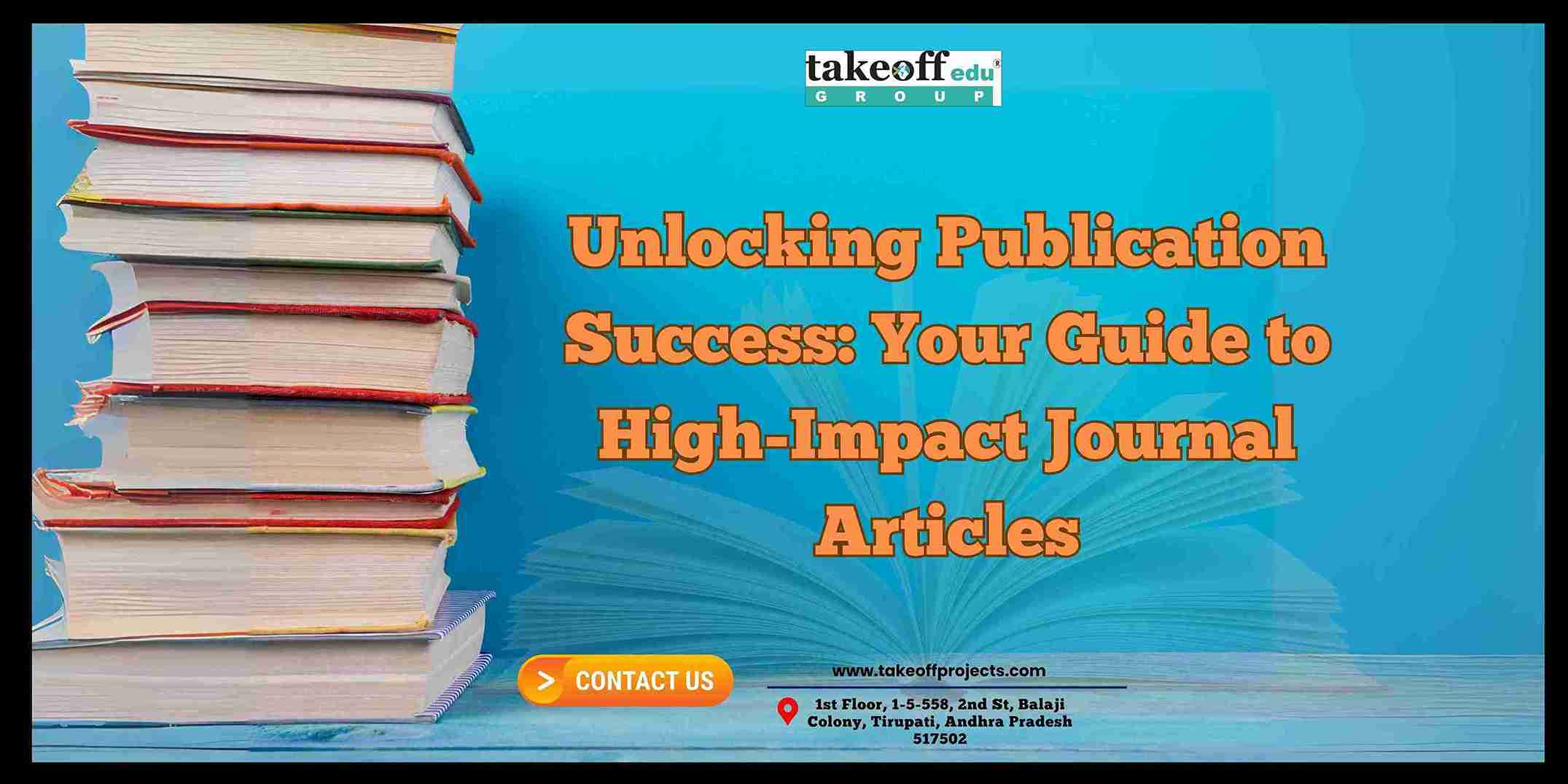
 PhD in Electrical Engineering: Research & Writing Support
PhD in Electrical Engineering: Research & Writing Support  Which are the Best PhD Assistance and Dissertation Writing Services in India?
Which are the Best PhD Assistance and Dissertation Writing Services in India?  How to Choose a PhD Research Domain: EEE, ECE, or CSE?
How to Choose a PhD Research Domain: EEE, ECE, or CSE? 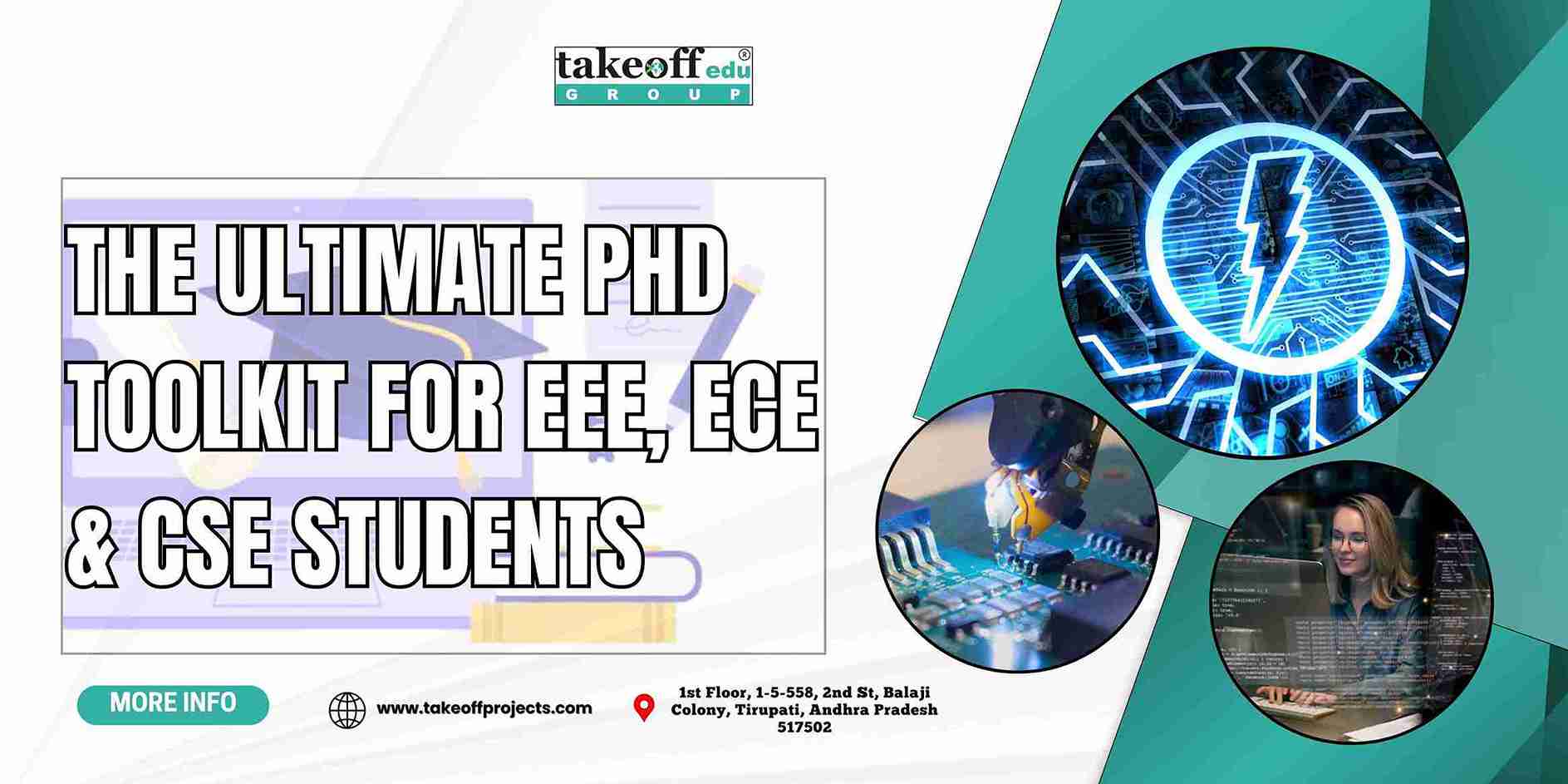 The Ultimate PhD Toolkit for EEE, ECE and CSE Students
The Ultimate PhD Toolkit for EEE, ECE and CSE Students 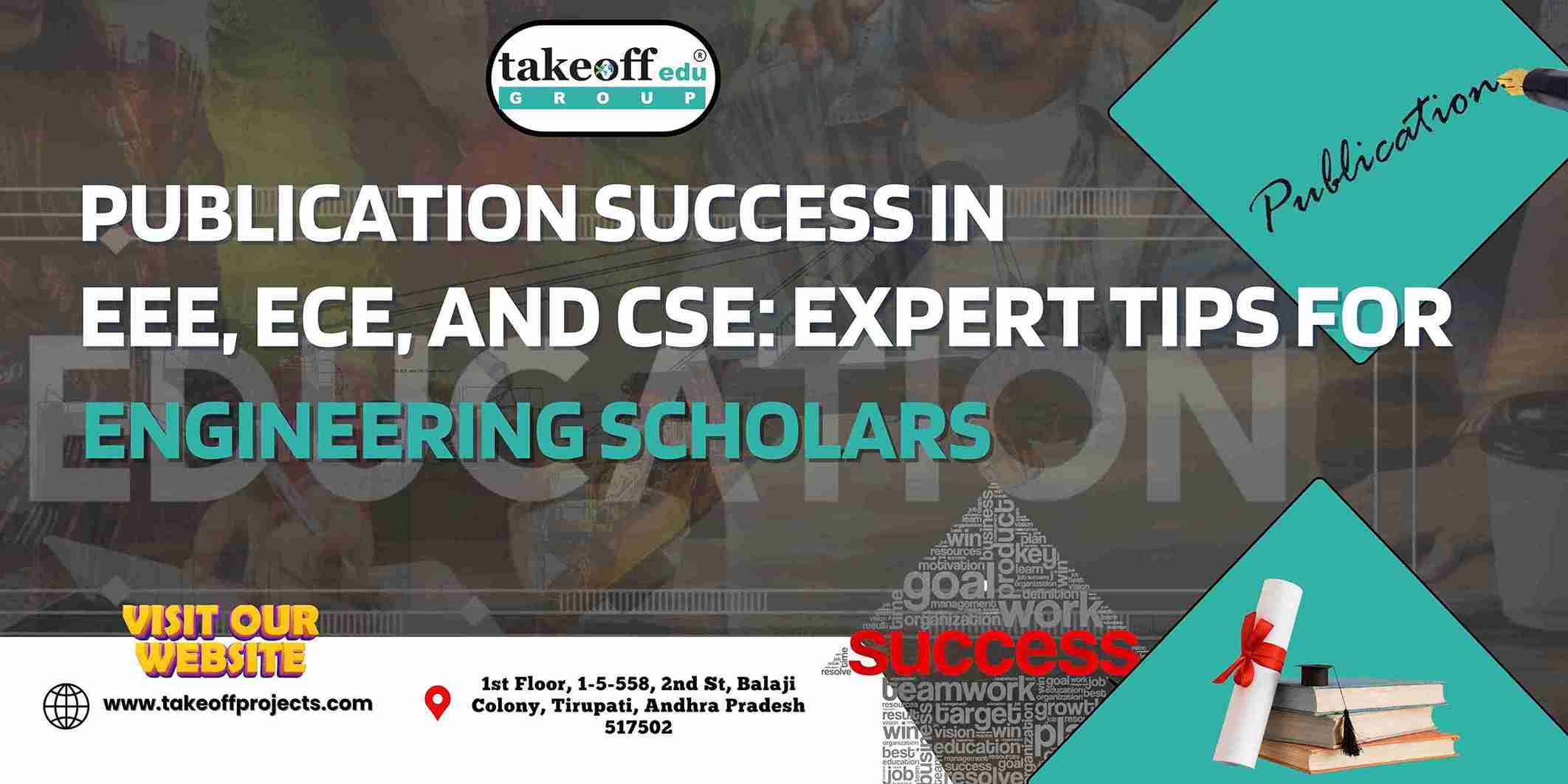 Publication Success in EEE, ECE, and CSE: Expert Tips for Engineering Scholars
Publication Success in EEE, ECE, and CSE: Expert Tips for Engineering Scholars 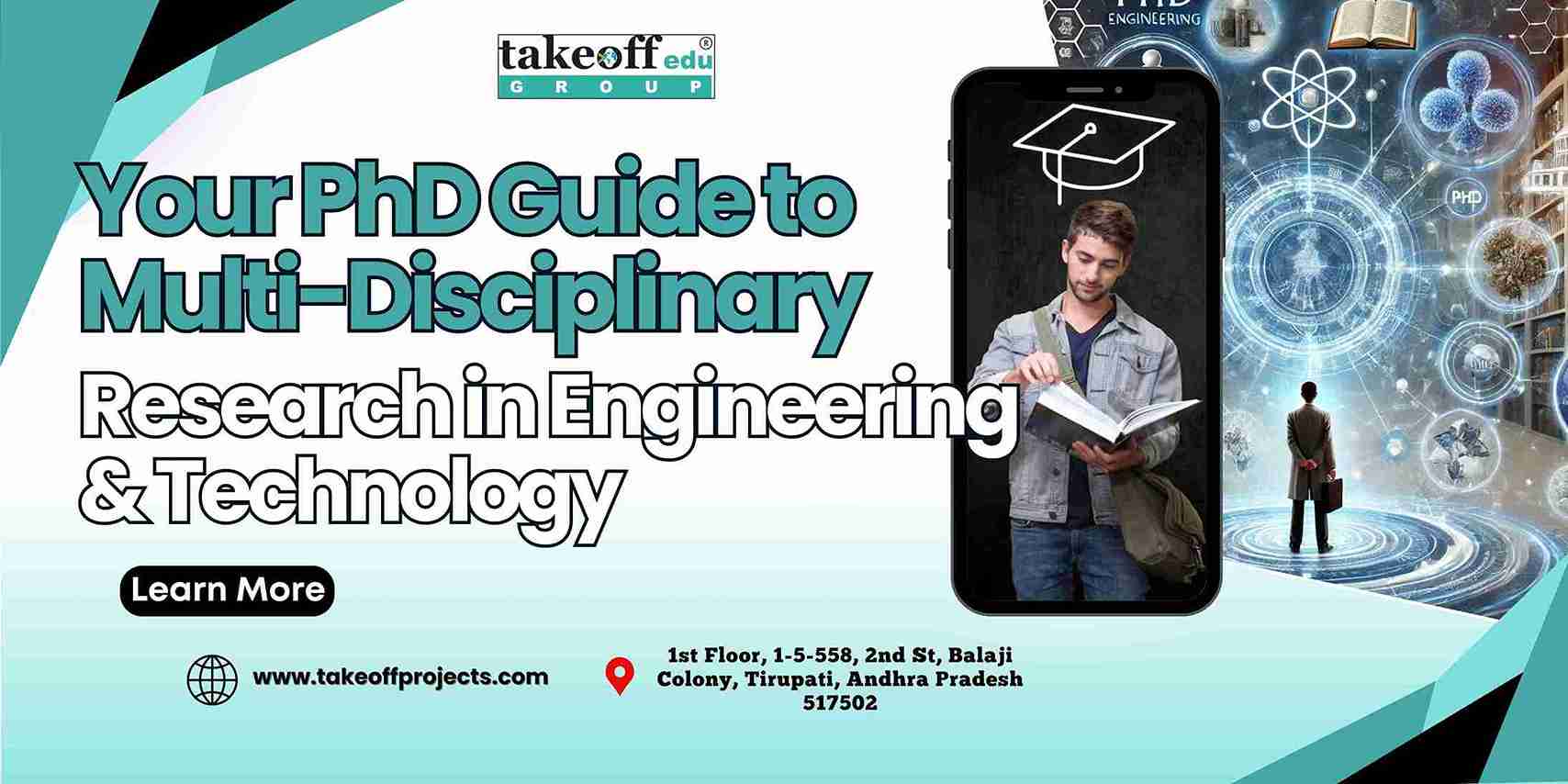 Your PhD Guide to Multi-Disciplinary Research in Engineering and Technology
Your PhD Guide to Multi-Disciplinary Research in Engineering and Technology  Top PhD Topics across EEE, ECE, and CSE: Bridging Innovation and Impact
Top PhD Topics across EEE, ECE, and CSE: Bridging Innovation and Impact  Top Embedded Systems Projects for Engineering Students
Top Embedded Systems Projects for Engineering Students  Crafting the Future of Tech: PhD Research Trends in Software Engineering
Crafting the Future of Tech: PhD Research Trends in Software Engineering  From Algorithms to Applications: Comprehensive PhD Support for CSE Students
From Algorithms to Applications: Comprehensive PhD Support for CSE Students  Cybersecurity and Blockchain: Pioneering Research Areas for PhD Scholars
Cybersecurity and Blockchain: Pioneering Research Areas for PhD Scholars 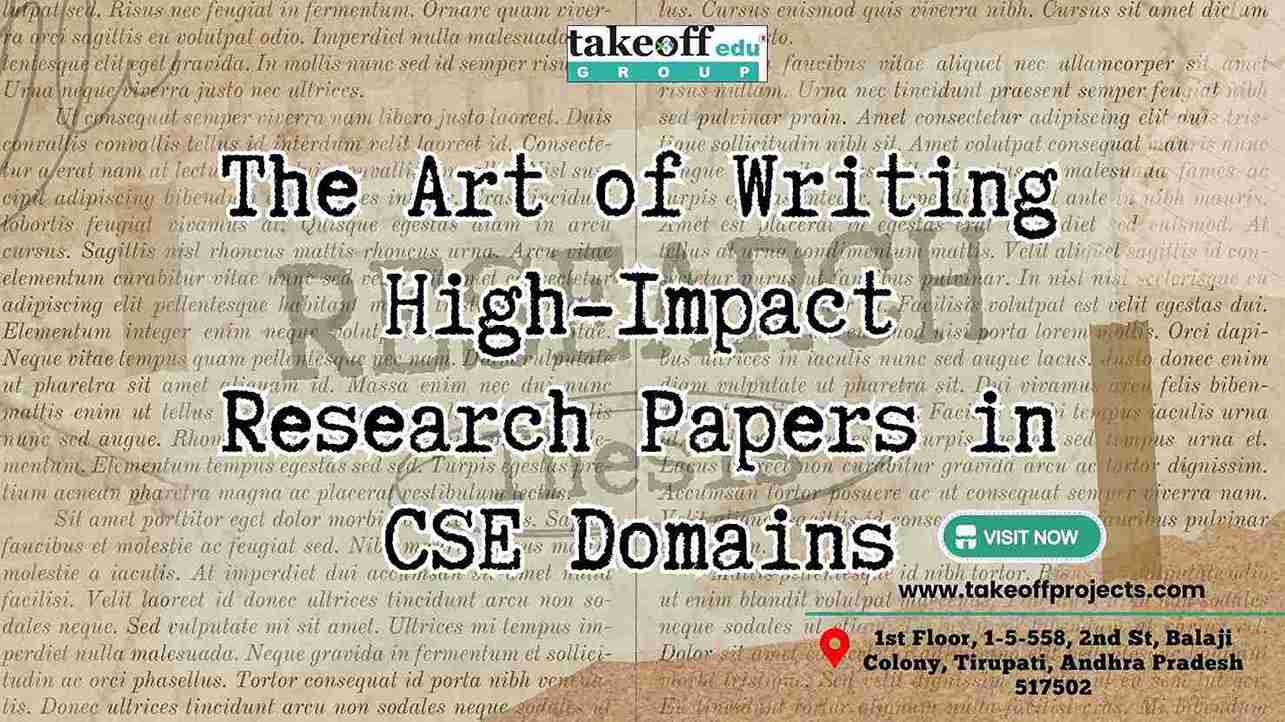 The Art of Writing High-Impact Research Papers in CSE Domains
The Art of Writing High-Impact Research Papers in CSE Domains  AI, ML, and Big Data: Emerging PhD Topics in CSE to Watch
AI, ML, and Big Data: Emerging PhD Topics in CSE to Watch  Top Research Trends in Electrical Drives for Aspiring PhD Scholars
Top Research Trends in Electrical Drives for Aspiring PhD Scholars  Transforming Ideas into Impact: Dissertation Help for EEE Scholars
Transforming Ideas into Impact: Dissertation Help for EEE Scholars 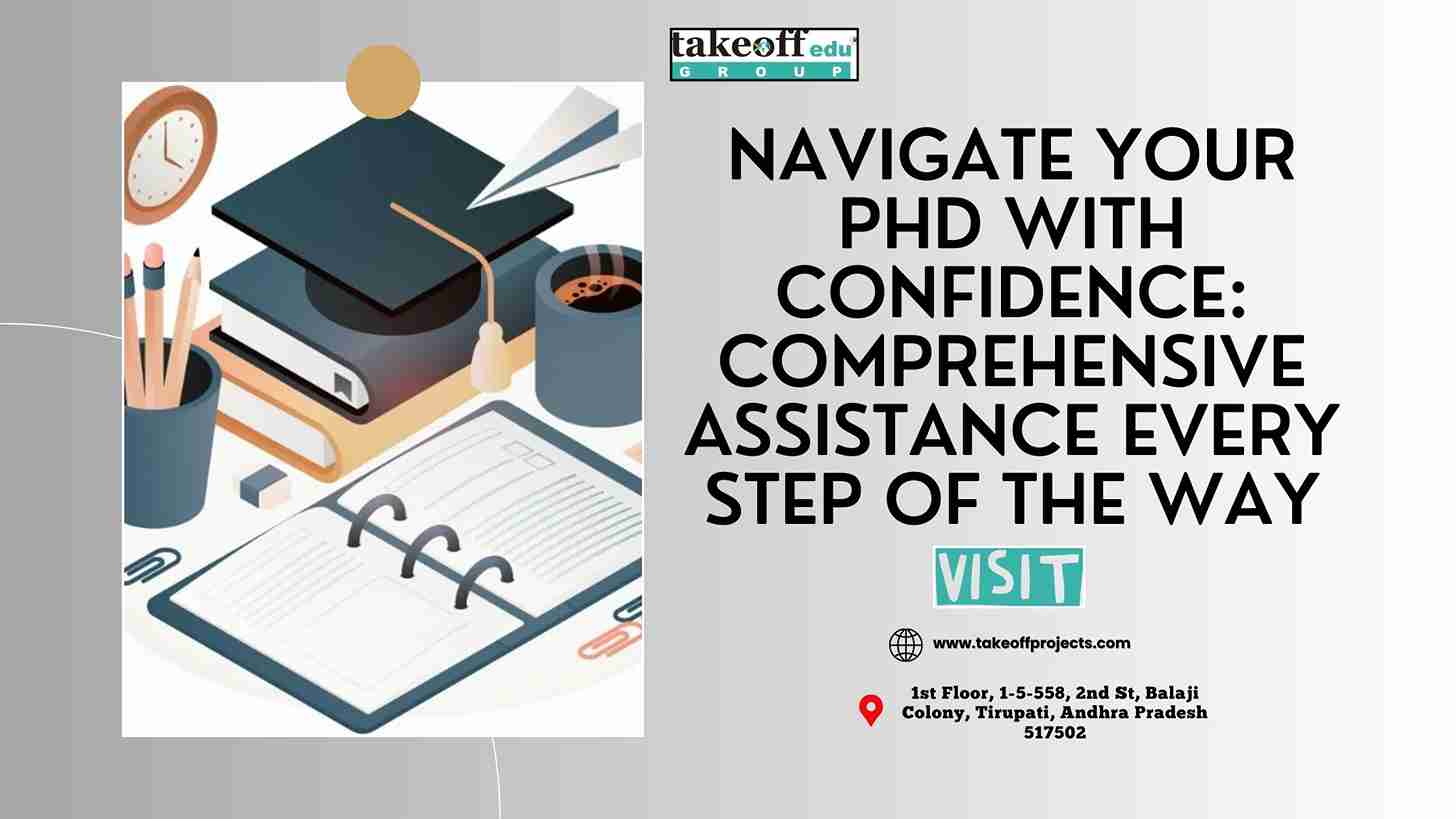 Navigate Your PhD with Confidence: Comprehensive Assistance Every Step of the Way
Navigate Your PhD with Confidence: Comprehensive Assistance Every Step of the Way  ECE Dissertation Success: Expert Tips for Writing and Publishing your Academic Success
ECE Dissertation Success: Expert Tips for Writing and Publishing your Academic Success 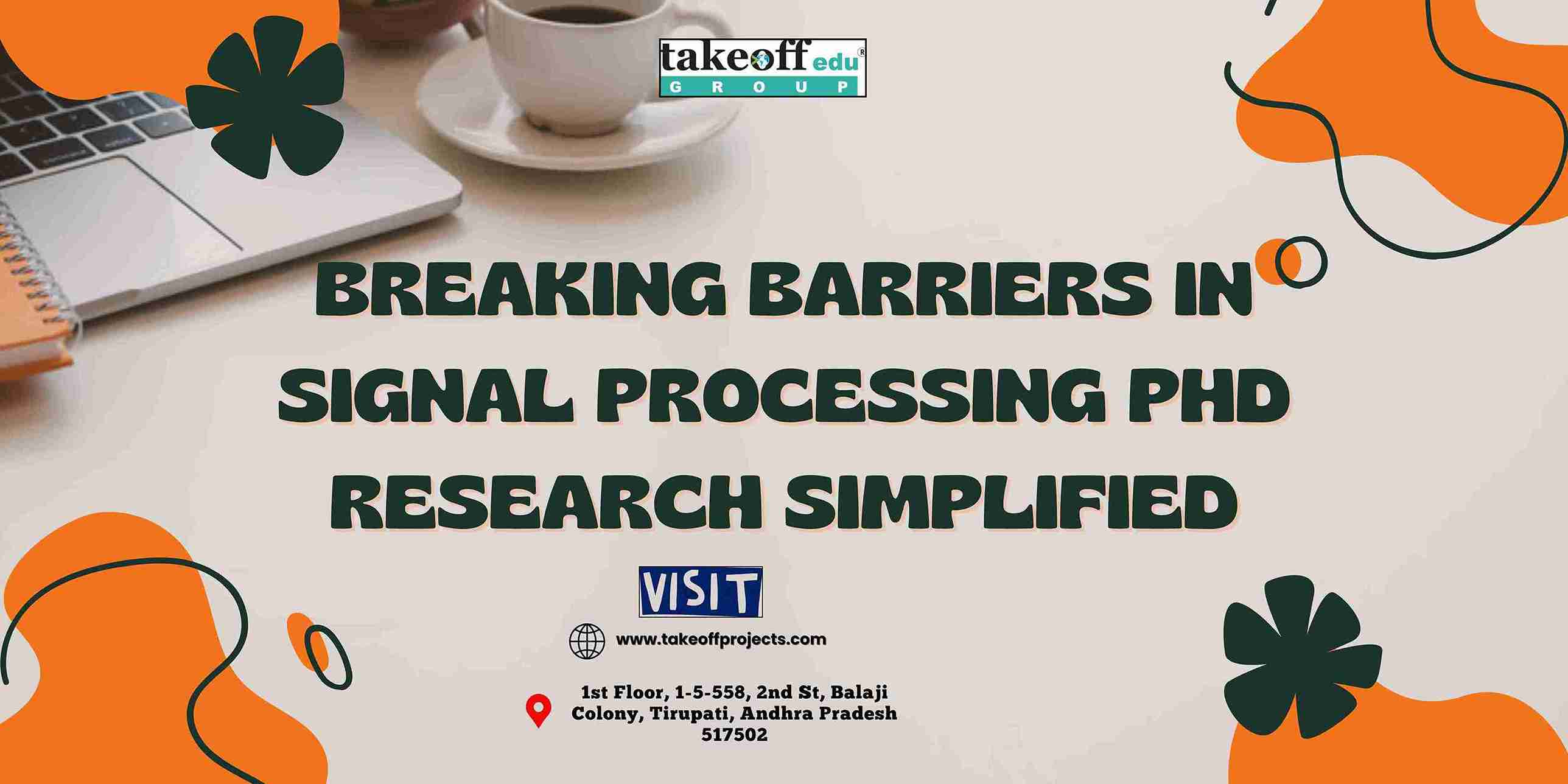 Breaking Barriers in Signal Processing: PhD Research Simplified
Breaking Barriers in Signal Processing: PhD Research Simplified  Building the Next-Gen Tech: A Guide to ECE Research and Publication
Building the Next-Gen Tech: A Guide to ECE Research and Publication  From Circuits to Control Systems: Navigating EEE Research with Expert Guidance
From Circuits to Control Systems: Navigating EEE Research with Expert Guidance  From Data to Discovery: Quantitative Analysis That Drives Results
From Data to Discovery: Quantitative Analysis That Drives Results  Future of IoT and Wireless Communication: Top PhD Opportunities in ECE
Future of IoT and Wireless Communication: Top PhD Opportunities in ECE  Top PhD Topics Energy Management in Power Electronics
Top PhD Topics Energy Management in Power Electronics  Exploring VLSI Design and Embedded Systems: Winning Research Topics for ECE Scholars
Exploring VLSI Design and Embedded Systems: Winning Research Topics for ECE Scholars  Expert-Approved Techniques for Crafting a Winning PhD Synopsis
Expert-Approved Techniques for Crafting a Winning PhD Synopsis  Writing with Purpose: How to Create Engaging Seminar Papers That Stand Out
Writing with Purpose: How to Create Engaging Seminar Papers That Stand Out  Mastering Energy Management: Top PhD Topics in Power Electronics
Mastering Energy Management: Top PhD Topics in Power Electronics  PhD Topic Selection Simplified: Choosing What Matters Most to You
PhD Topic Selection Simplified: Choosing What Matters Most to You 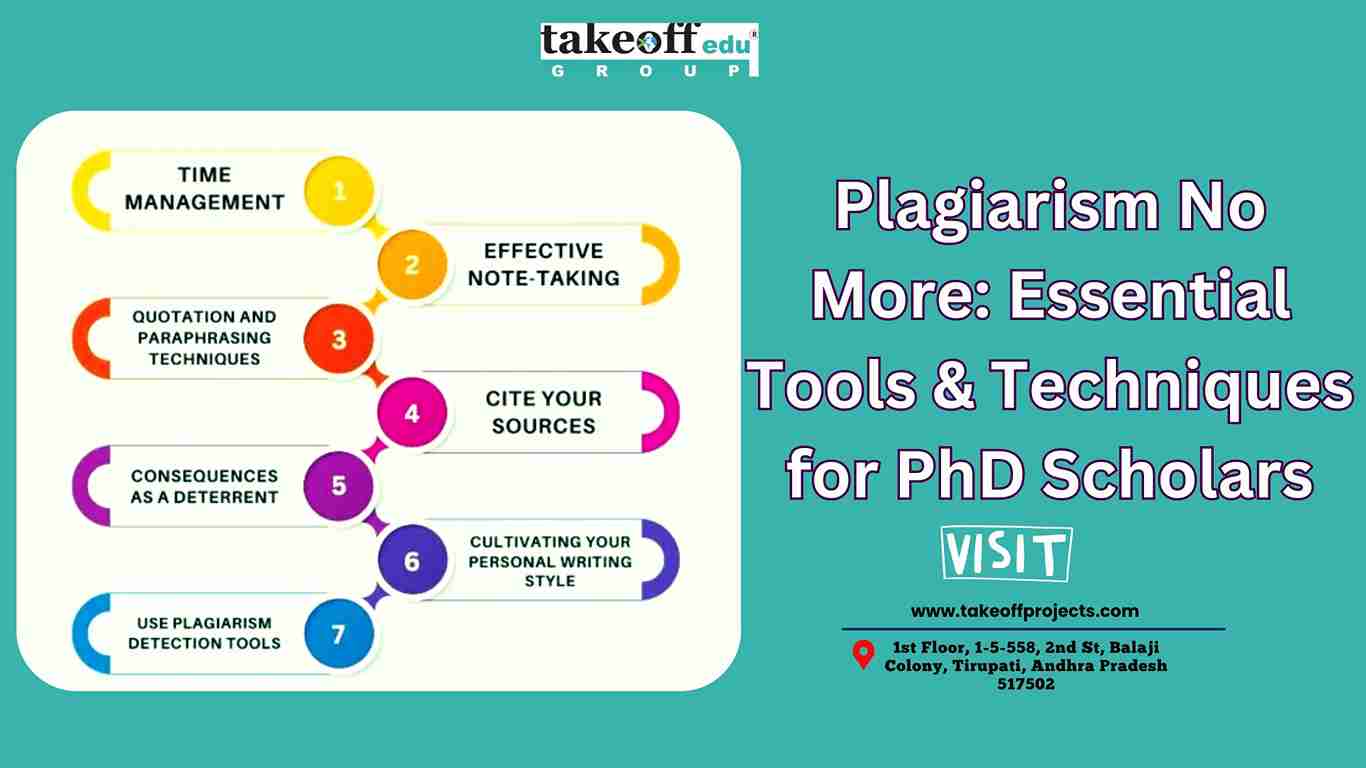 Plagiarism No More: Essential Tools and Techniques for PhD Scholars
Plagiarism No More: Essential Tools and Techniques for PhD Scholars 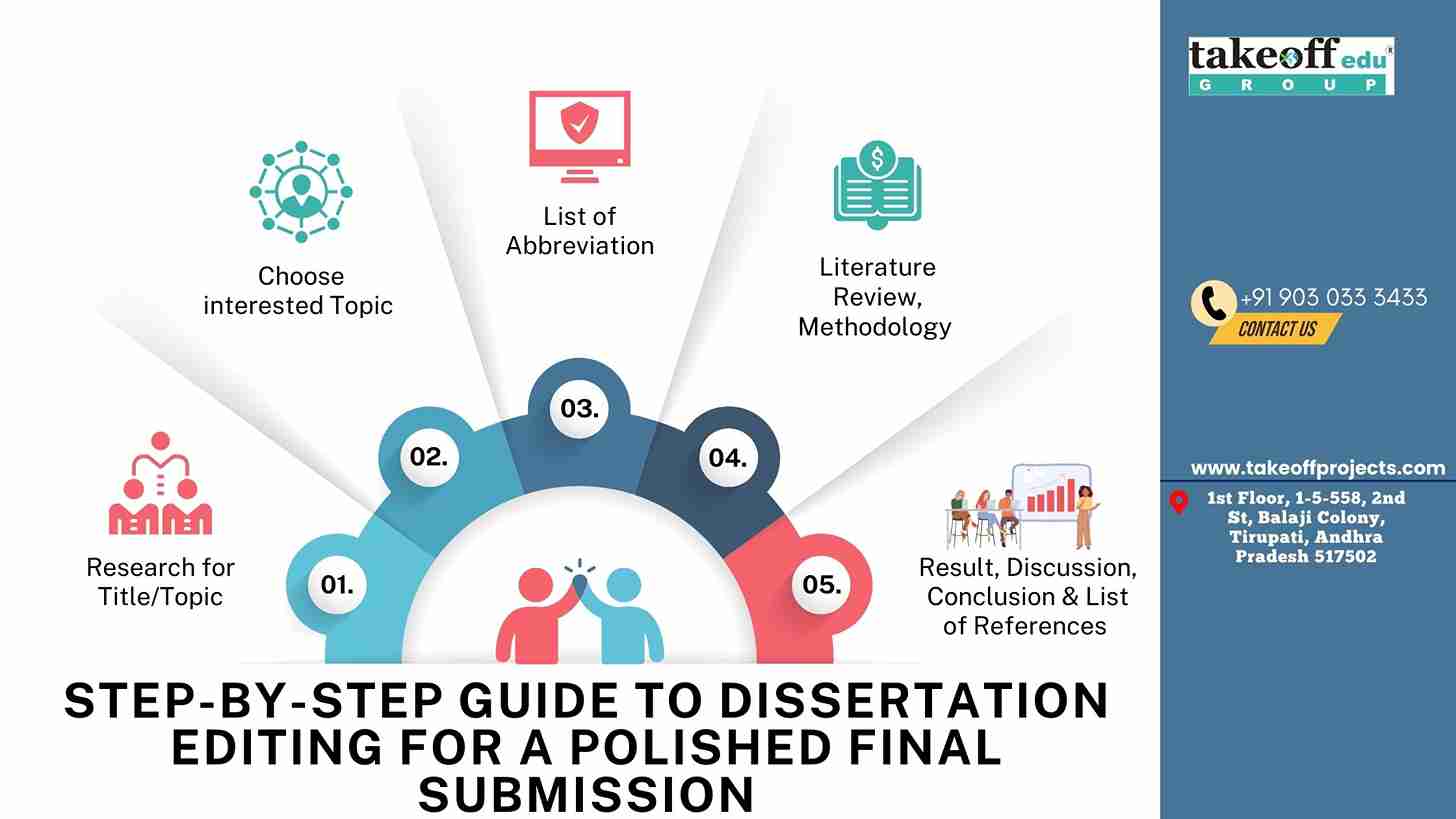 Step-by-Step Guide to Dissertation Editing for a Polished Final Submission
Step-by-Step Guide to Dissertation Editing for a Polished Final Submission 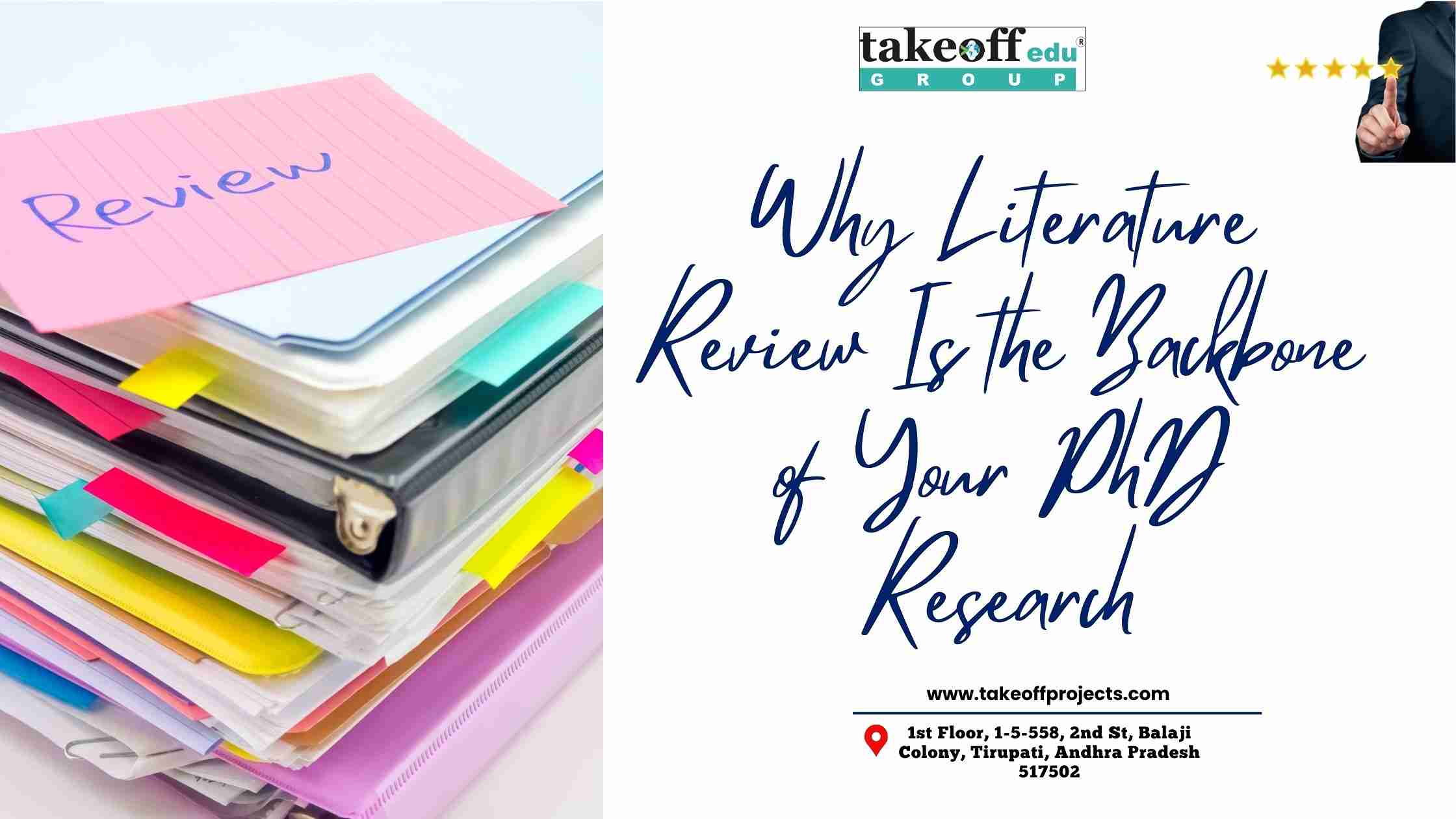 Why Literature Review Is the Backbone of Your PhD Research?
Why Literature Review Is the Backbone of Your PhD Research?  Accelerate Your Research: Software Implementation Made Easy for PhD Students
Accelerate Your Research: Software Implementation Made Easy for PhD Students  Stress-Free PhD Viva Voce Preparation: Expert Tips to Impress Examiners
Stress-Free PhD Viva Voce Preparation: Expert Tips to Impress Examiners  Transforming Data into Insights: Qualitative and Quantitative Analysis Explained
Transforming Data into Insights: Qualitative and Quantitative Analysis Explained  The Art of Problem Identification: Laying the Foundation for PhD Success
The Art of Problem Identification: Laying the Foundation for PhD Success 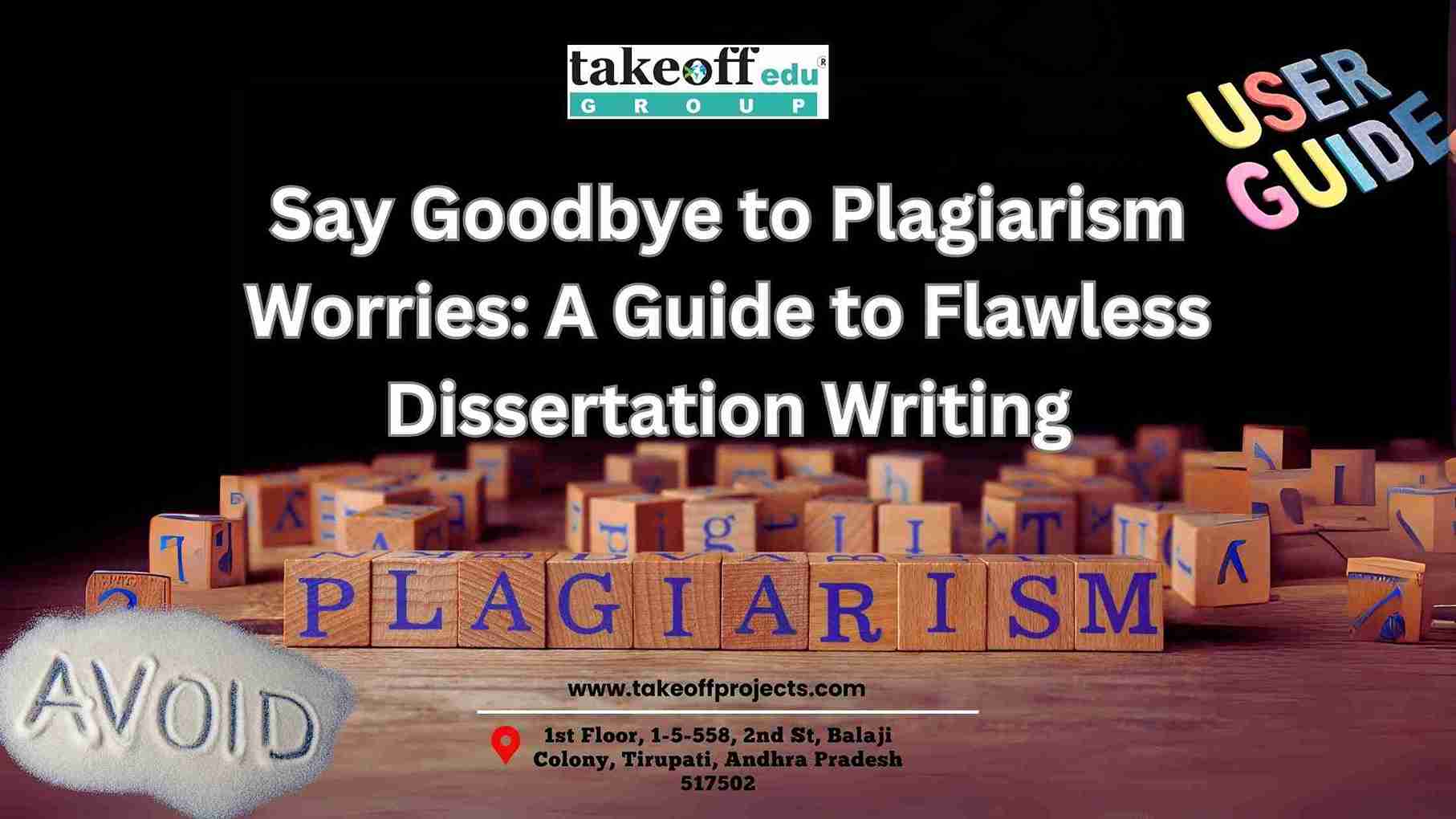 Say Goodbye to Plagiarism Worries: A Guide to Flawless Dissertation Writing
Say Goodbye to Plagiarism Worries: A Guide to Flawless Dissertation Writing  From Idea to Impact: Crafting High-Quality Conference and Seminar Papers
From Idea to Impact: Crafting High-Quality Conference and Seminar Papers 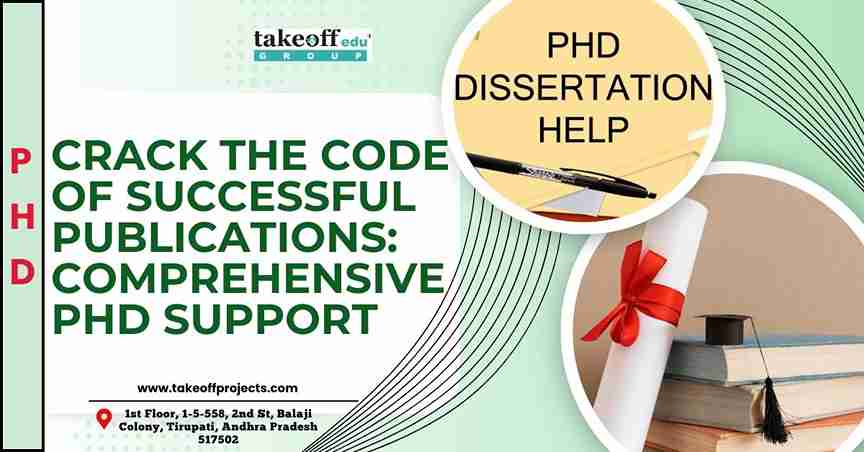 Crack the Code of Successful Publications: Comprehensive PhD Support
Crack the Code of Successful Publications: Comprehensive PhD Support 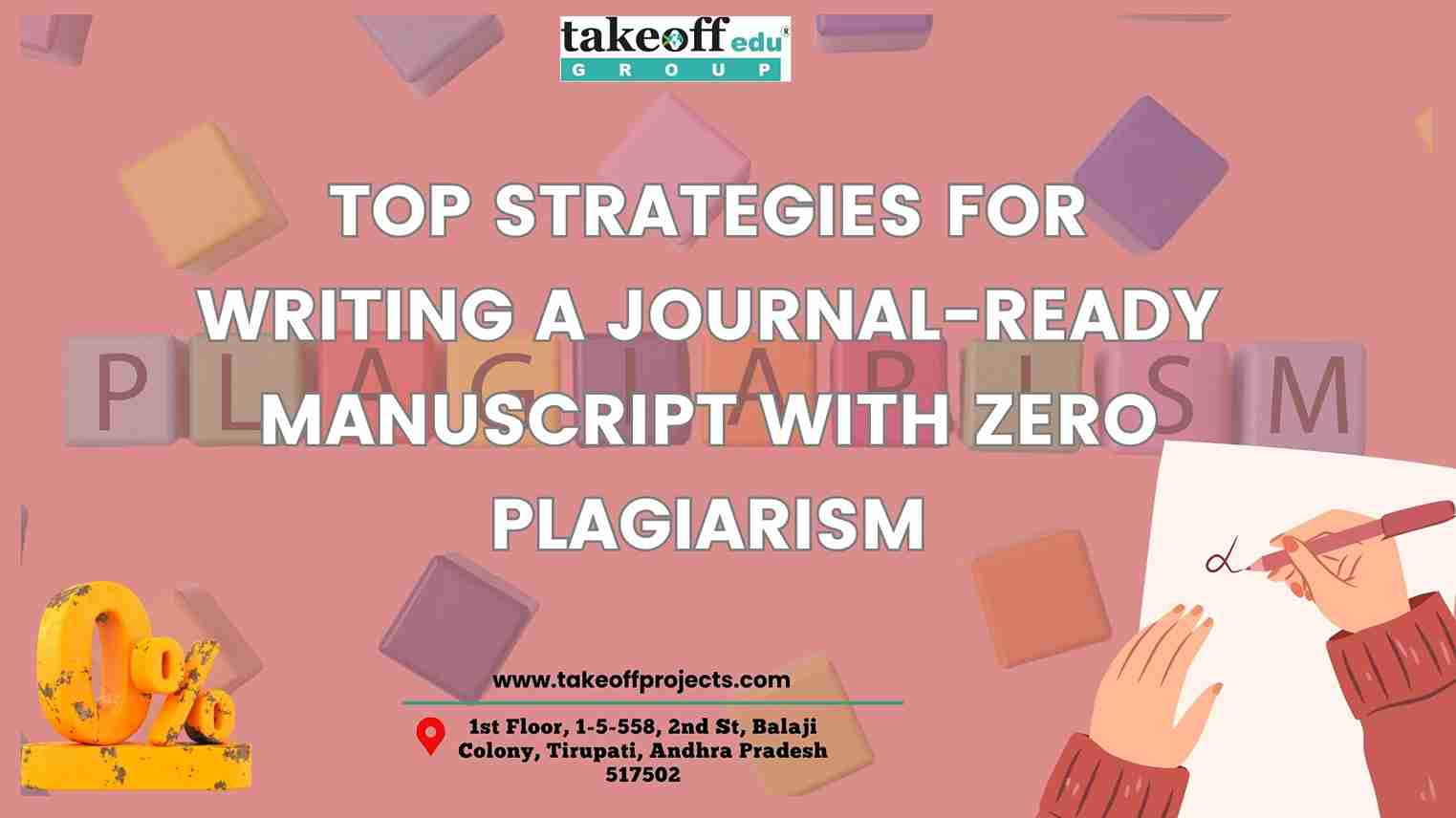 Top Strategies for Writing a Journal Ready Manuscript with Zero Plagiarism
Top Strategies for Writing a Journal Ready Manuscript with Zero Plagiarism  How to Nail Your PhD Research Proposal: Tips from the Pros
How to Nail Your PhD Research Proposal: Tips from the Pros  Understanding the Basics of Power Systems: A Comprehensive Guide
Understanding the Basics of Power Systems: A Comprehensive Guide  Turn Research Challenges into Opportunities: Expert PhD Consultation Services
Turn Research Challenges into Opportunities: Expert PhD Consultation Services 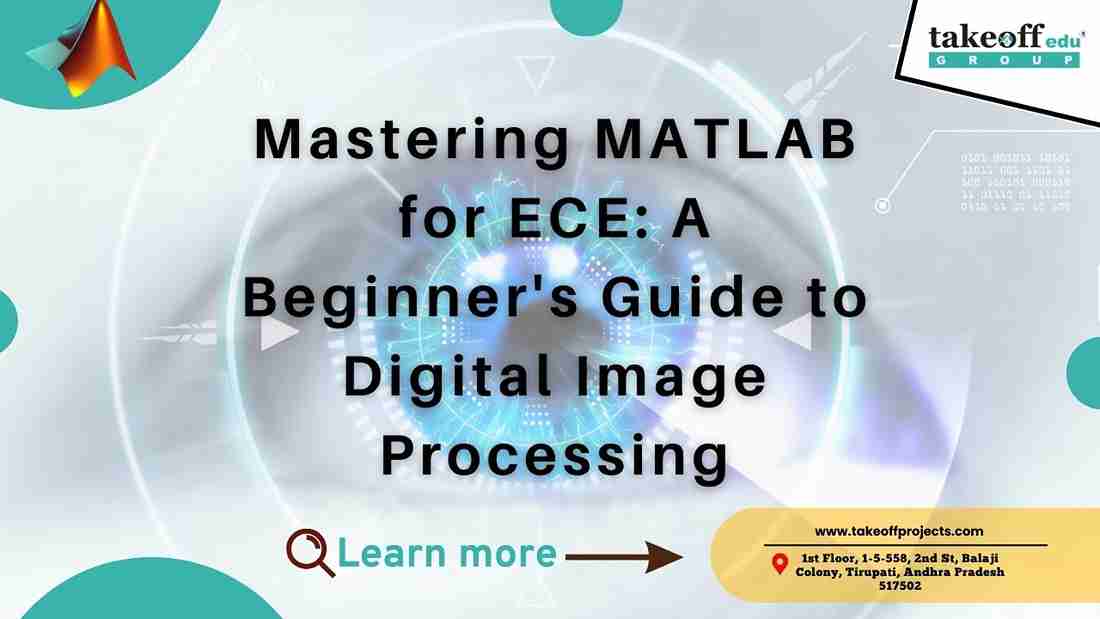 Mastering MATLAB for ECE: A Beginner's Guide to Digital Image Processing
Mastering MATLAB for ECE: A Beginner's Guide to Digital Image Processing  Mastering Your PhD Journey: From Topic Selection to Dissertation Success
Mastering Your PhD Journey: From Topic Selection to Dissertation Success 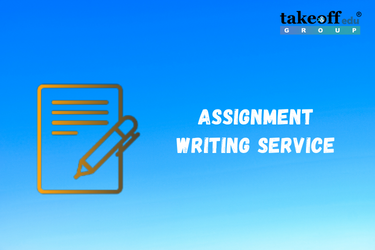 Assignment Writing Service
Assignment Writing Service 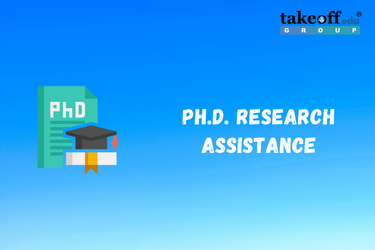 PhD Research Assistance
PhD Research Assistance 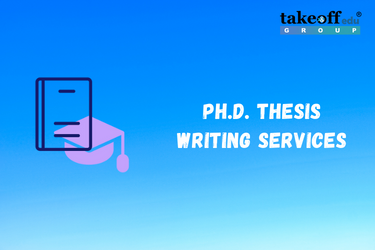 PhD Thesis Writing Services
PhD Thesis Writing Services 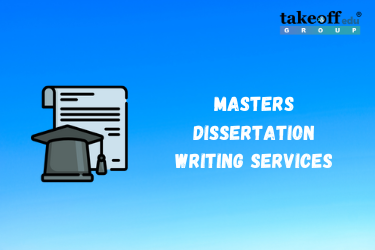 Masters Dissertation Writing
Masters Dissertation Writing 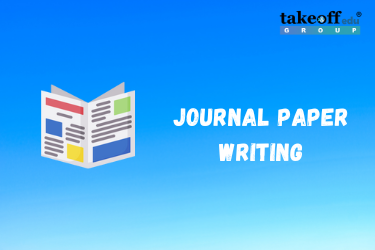 Journal Paper Writing
Journal Paper Writing 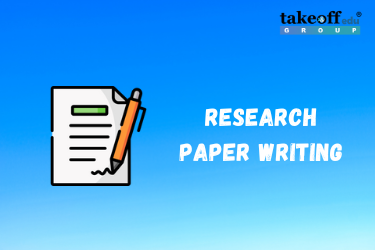 Research Paper Writing Services
Research Paper Writing Services 
 Paper Publishing
Paper Publishing


